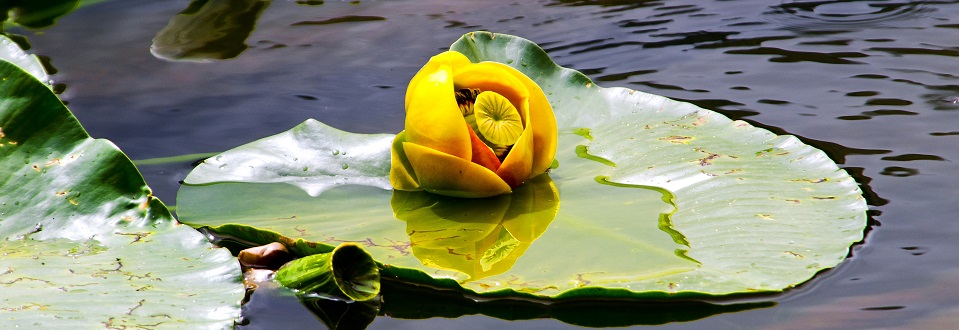
31 Mar Donor Strategies: Good News, Save the Date
The most persistent barrier to successful major gift fundraising is that board members do not know the donors and donors don’t know the board. I’ve talked about this before, but I believe a paradigm shift is in order, and if we can make it, this barrier will go away.
Fundraiser’s Almanac: March
- Donor Strategies: Good News, Save The Date
The paradigm shift is related to our need to justify or even “sell” organizational programs and projects to donors. We come across as apologetic, and we try too hard. Donors stop listening and eventually we stop directly communicating altogether. We need to…..
SHIFT
We need to see ourselves as connectors, linking donors to something they are really interested in – to something they want to see done. A critter’s habitat restored, a view protected, an iconic farm continuing to yield hay and cheese.
A tree,
a rock,
a trail,
a nest.
A prairie,
a forest,
a mountain,
a trout stream.
To be a good connector, we need to be better listeners. We need to learn and know what each donor’s particular and specific interest is – what it is that draws them to the mission. And that means that we need to spend enough time with them to get a feeling for the answers.
How will you spend time with your major gift prospects this year? In January, I proposed that you calendar points of contact with your organization’s top donors (see Working with a Top 100 List in 2015). Hopefully, you called to say thank you in January, but now’s the time to take the next step.
Send an email inviting them to coffee or lunch. Pick up the phone and follow-up – “Trying to reach you…” Take them the draft strategic plan, the summer field trip schedule, before and after pictures of a restoration effort – whatever you have that will help you uncover what they might be interested in. Listen for clues, and be prepared to take the conversation where they want it to go. (This is still a thank you call – not a solicitation call.)
Two underused strategies for such cultivation are Good News and Save the Date events. Good News is just something that has recently happened that you can share before it becomes more commonly known. A project closed, a preserve opened, a nesting pair discovered, a key staff member hired, a child delighted. It can be small or huge. What matters is that you thought highly enough of their role as donors that you chose to deliver the news personally.
Let’s face it. Some donors and prospects can’t or won’t meet personally with you. Sending a Save the Date message may prove helpful instead. This will serve as a pre-invitation invitation. A special field trip. A donor dinner. The Annual Meeting. A house party. Your personal Save the Date message communicates that it is important to you that they are there. Even if it turns out they cannot come, the message gets delivered.
In January, I recommended that you calendar a year’s worth of planned donor contacts – individually – for each of your organization’s top donors, and assign them to individual board directors. Now is the time to put that plan into action.
I’d be very interested in your ideas for donor cultivation plans. How much structure are you preparing for early in the year? What activities are you including?
If you’ll share, I’ll post all the ideas I am aware of on this blog.
-da
Photo credit: Lily Pad courtesy of Walt Kaesler.



dallen
Posted at 19:41h, 31 MarchI received this email this morning. Thanks Cait!
Hi David,
Thanks for your blog post.
I’m new to the development world, but have been gradually stepping into a development coordinator role, working with Camille Zanoni at the Natural Resources Foundation of Wisconsin. Specifically, I am helping to target “unattended” donors – ones with potential, but who aren’t necessarily at the top of our donor prospecting list.
One thing we are just starting to do is targeted donor stewardship emails – similar to your “good news” concept, I am sending newsletter updates, stories about our conservation successes, etc. via personal email to select donors interested in those issues, beyond our normal communications for the Foundation. For example, sending those who have donated to our Wisconsin Bat Conservation Fund newsletter updates from the DNR, stories about bats in the news, etc. This provides another layer of donor stewardship that makes these donors feel more involved in the Foundation.
Thanks for your blog, it’s a great read!
-Cait